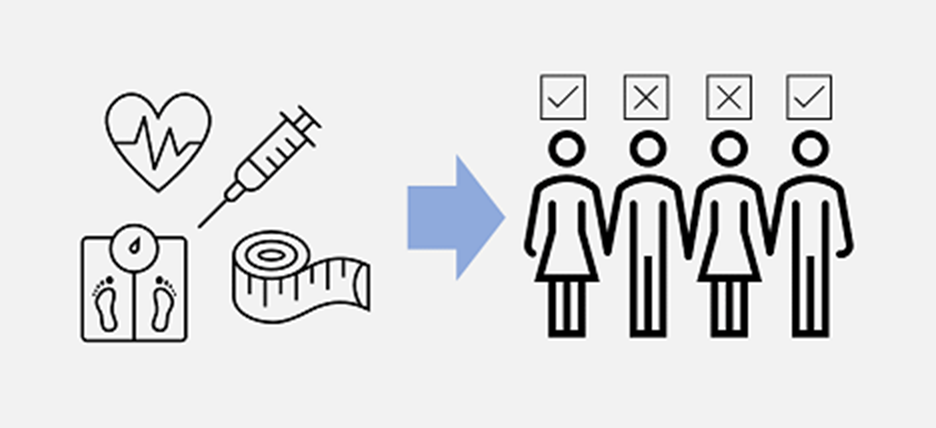Ask Learn
PreviewPlease sign in to use this experience.
Sign inThis browser is no longer supported.
Upgrade to Microsoft Edge to take advantage of the latest features, security updates, and technical support.
Classification is a form of machine learning in which you train a model to predict which category an item belongs to. For example, a health clinic might use diagnostic data such as a patient's height, weight, blood pressure, or blood-glucose level to predict whether the patient is diabetic.

Categorical data has distinct classes, rather than numeric values. Some kinds of data can be either numeric or categorical. For example, race completion times could be measured in seconds or minutes, or the times could be separated into classes called fast, medium, and slow. Other kinds of data can only be categorical. For example, a shape can be categorized only as, say, circle, triangle, or square.
In this module, you'll learn:
Produced in partnership with Eric Wanjau - Microsoft Learn Student Ambassador and Researcher/Data Scientist: Leeds Institute for Data Analytics, University of Leeds
Please sign in to use this experience.
Sign in